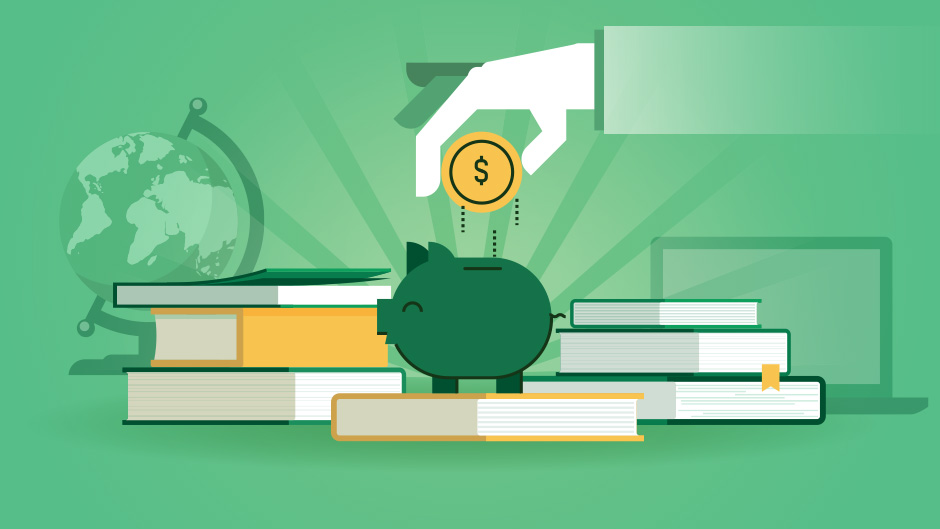Financial Literacy (pt.2)
 |
Welcome back to this series about Financial Literacy. In this second part, I would like to share with you Unit 1: Budgeting and Saving - Part 1: Budget
Table of contents:
1. Budgeta. What is Budget?
b. The 50:30:20 rule
c. Build and balance your own budget
1. Budget
a. What is Budget?
You must have heard about this promising or intimidating term "budget", it depends on your financial reality. But, I have to repeat the definition again (to make this post seem a bit more informative, honestly).
A BUDGET is, basically, A PLAN helps you to manage your MONEY (just like those bullet journals or to-do-lists or calendar to help you manage your time) - imagine a budget is a bullet journal for your money. But, why should you build a budget? So let's make some comparisons.
1. In your journal, you jot down your daily routine, events in a day, your feelings → You jot down your income and expenses in a budget
2. In your journal, you plan out your day, your to-do lists → You plan out your expenses and set financial goals (like saving for a dining out, a bike, a worldwide vacation, even a castle…in the air)
3. In your journal, you write your not-to-do lists to break bad habits → You can detect negative spending habits in your journal and change them for better.
Where to start? Grab a paper and pencil. For technophiles, a spreadsheet would be nice =)
b. The 50:30:20 rule
Theoretically, 50:30:20 rule means that: 50% of your income goes to your NEEDS, 30% is for your WANTS, and 20% for SAVINGS. So that is theory and this is how to apply this rule. I know this is Math and Math is something ... but give Math a chance, you will have a good friend.
c. Build and balance your own budget
1. Calculate your income: Literally, add up all your actual income, whatever from a job, a scholarship, an allowance or even ... a money windfall from the sky.
2. Calculate your NEEDS: These expenses are a MUST to survive, to live decently, like your rent, utilities, food, basic clothing, insurance (nope makeup is not a must, nope dining out is not a must, nope an extravagant new shirt is not a must, yes defy all those thoughts)
3. Calculate your WANTS: Now it is time for those makeup, dining out and anything from your hobbies to treats.
4. Compare your calculations with the rule: Take your income multiply by 0.5 to get the rough maximum for your Needs, and by 0.3 to get your Wants. If your calculations above far exceed the maximum, you have to cut them down. Reconsider, there must be something that are unwanted there on the list, cross them out. And then the remaining third part will be your SAVINGS, congrats!
- By the way, your budget for savings would include: emergency fund, retirement account, college fund, any other big purchase you are saving for.
5. Ok, that's about planning. Now move on to Actual spending. Track your expenses and write down all the things you spend on even the smallest ones. Then compare your expenses to your budget plan and use this formula BUDGET BALANCE = EXPENSE - BUDGET, and we will have these scenarios:
- Oh no, negative: means you are spending too much on something...but calm down. Look at the other categories find some extra money to offset this but this is just an stopgap solution. The most advisable solution is to cut your expenses.
- Beautiful zero: no extra, so also cut your expenses or increase your income.
- Oh yeah, positive, my life is full now: grant yourself a decision how to use the extra here: save it, use it or donate it to a cause.
Continue for part 3: https://amisscellany.blogspot.com/2025/06/financial-literacy-pt3.html
Comments
Post a Comment